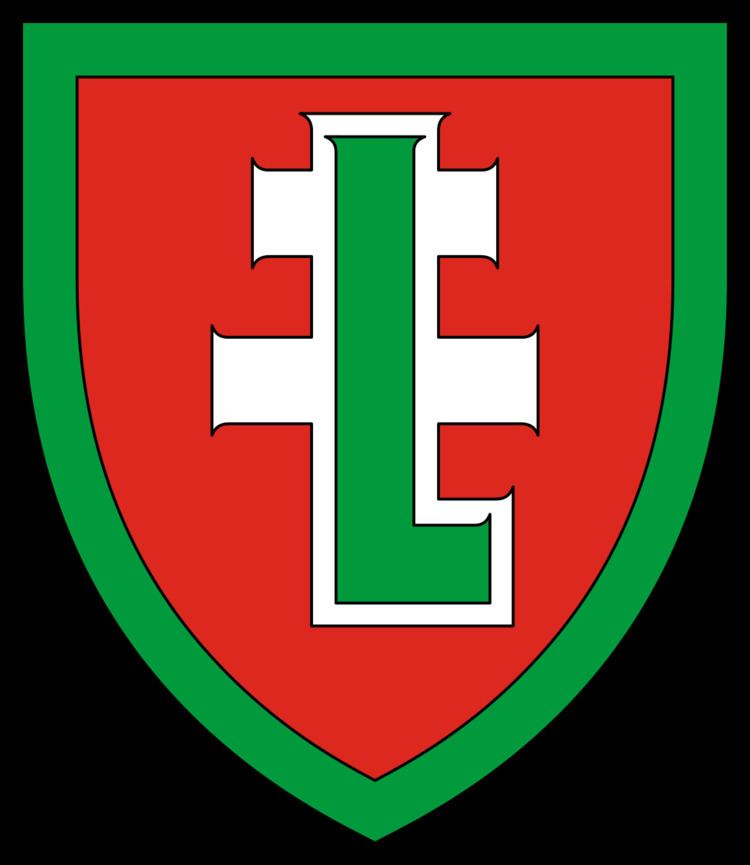Allegiance Kingdom of Hungary | Type Paramilitary March Salus Hungaria | |
 | ||
Active 31 December 1921 – 17 March 1945 Size 1,300,000 (in January 1944) | ||
Levente Associations (Hungarian: Leventeszervezetek) or simply "levente" were paramilitary youth organizations in Hungary in the interwar period and during the Second World War. It was established in 1921 with the declared purpose of physical and health training. Since mid-1930s they have de facto become an attempt to circumvent the ban for conscription imposed by the Treaty of Trianon and over the time it had openly become a pre-military organization under the leadership of veterans. Since 1939, by the Act of Defense, all boys of ages 12–21 were required to take part in levente.
It is usually compared to Hitler Jugend of Nazi Germany and Opera Nazionale Balilla of Italy. While having a common trait of military training with the latter two, levente was neither openly fascist nor particularly politicized, although it was not isolated of political influences of the time.
Levente had also a smaller female branch, Leventelanok ("Levente Girls") initiated as a voluntary association in June 1942. Under the rule of Ferenc Szálasi installed by Nazis in Hungary in October 1944 obligatory levente duties were imposed unto girls of ages 12–19 despite the strong opposition of the Catholic Church. However the latter was not actually implemented because of the advance of the Red Army.
By the end of World War II Levente members had to actually serve in auxiliary forces.
During the Soviet occupation many levente activists were tried by Soviet tribunals, convicted of "anti-Soviet activities" and deported to the Soviet Union for penal labor.
